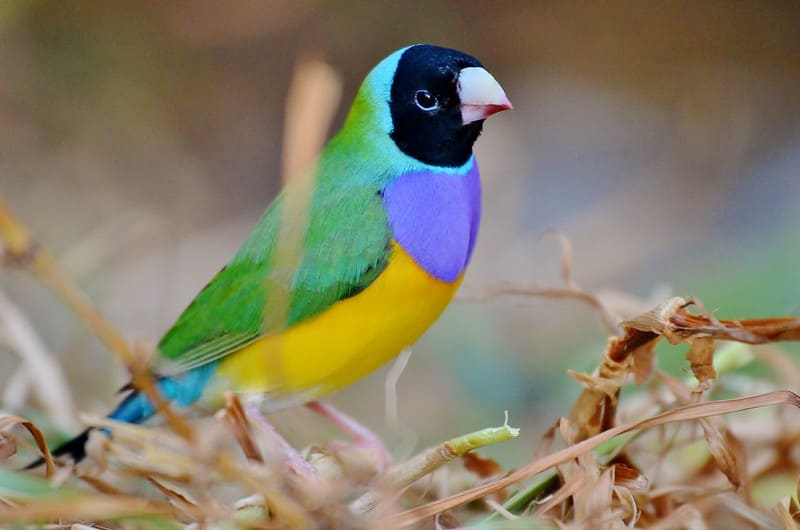
The Lady Gouldian finch, also called the Gould’s finch or rainbow finch, is a beautiful bird found only in Australia and belongs to the Passeriformes order. Its striking plumage is what makes it so popular and highly valued. Unlike other bird species, both male and female Gouldian finches are brightly colored.
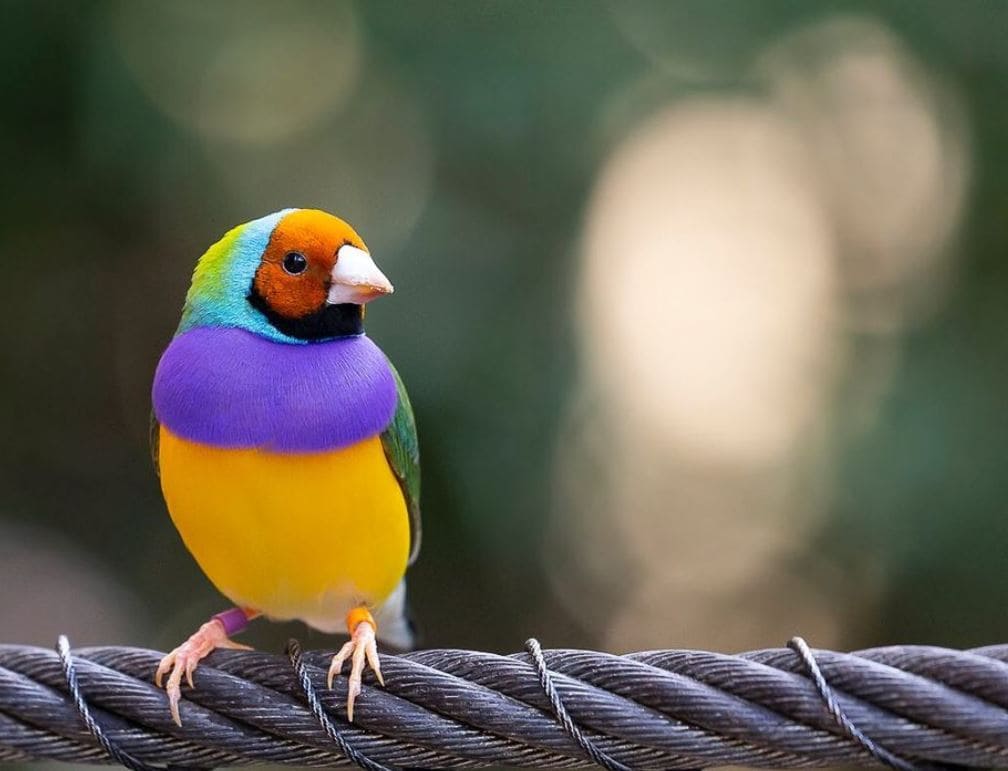
Rainbow finches, as their name suggests, come in a variety of colors that resemble a rainbow. These colors can range from natural shades like red, blue, green, and yellow to unique color mutations like “dilute” and silver, which are a result of selective breeding. This diversity in appearance makes these birds stand out even more. Despite their small size, measuring only 4.7 – 5.9 inches in length and 0.49 – 0.53 oz in weight, rainbow finches still manage to capture attention. In the wild, Gouldian finches are commonly distinguished by the color of their head, with most having a black head, while a small percentage have red or orange heads.
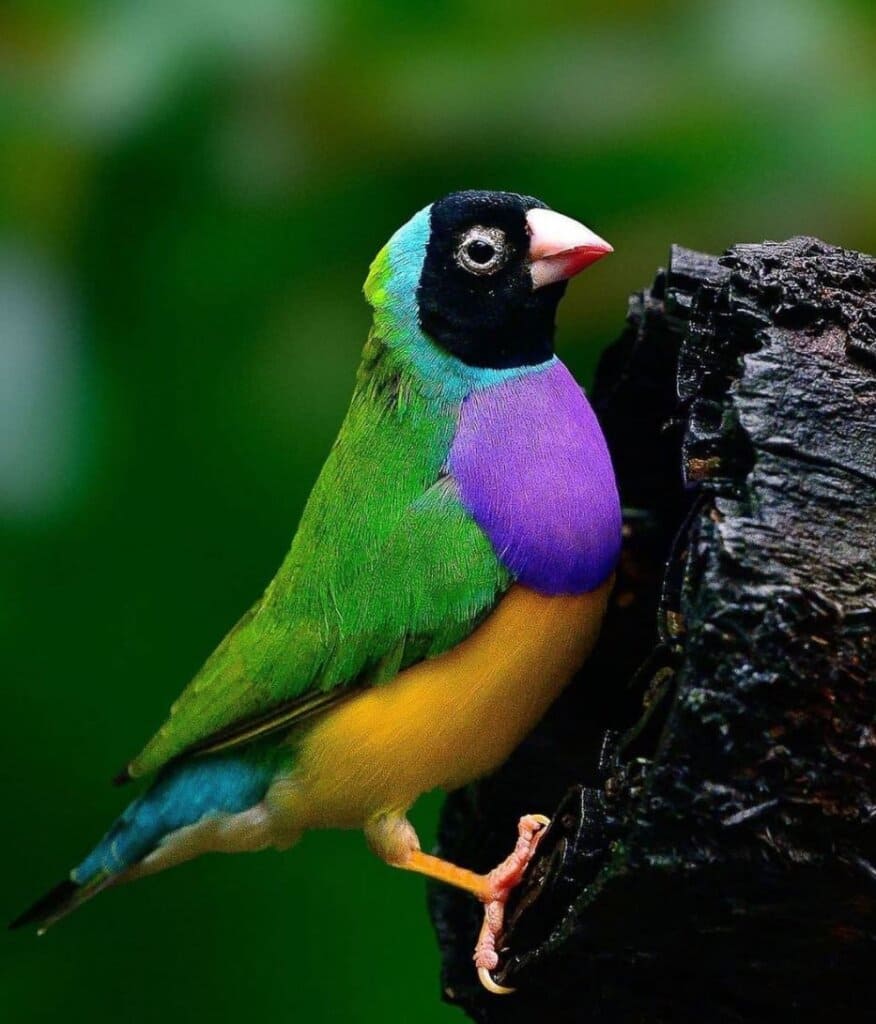
The birds have a variety of colors on different parts of their body, such as a green back, black tail, yellow belly, and purple chest. The males have more vibrant colors than the females, and one way to tell them apart is by the shade of their chest color. The male’s chest is a deeper purple, while the female’s is a lighter mauve.
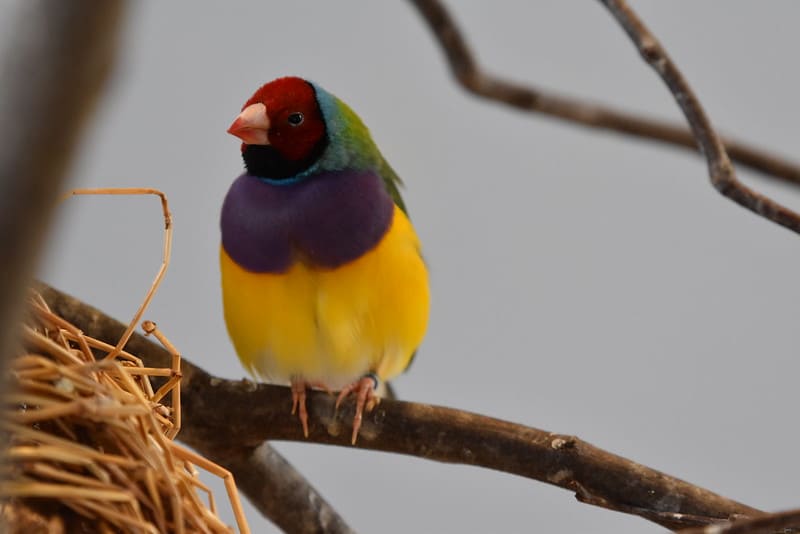
Gouldian finches have a preference for constructing their nests in tree holes. They typically breed during the onset of the dry season when nourishment is ample. When seeking a mate, the male Gouldian will engage in courtship behavior by displaying his stunningly vibrant feathers through a variety of dance-like movements. This exhibition of bright hues serves as an indication of a male’s overall health.
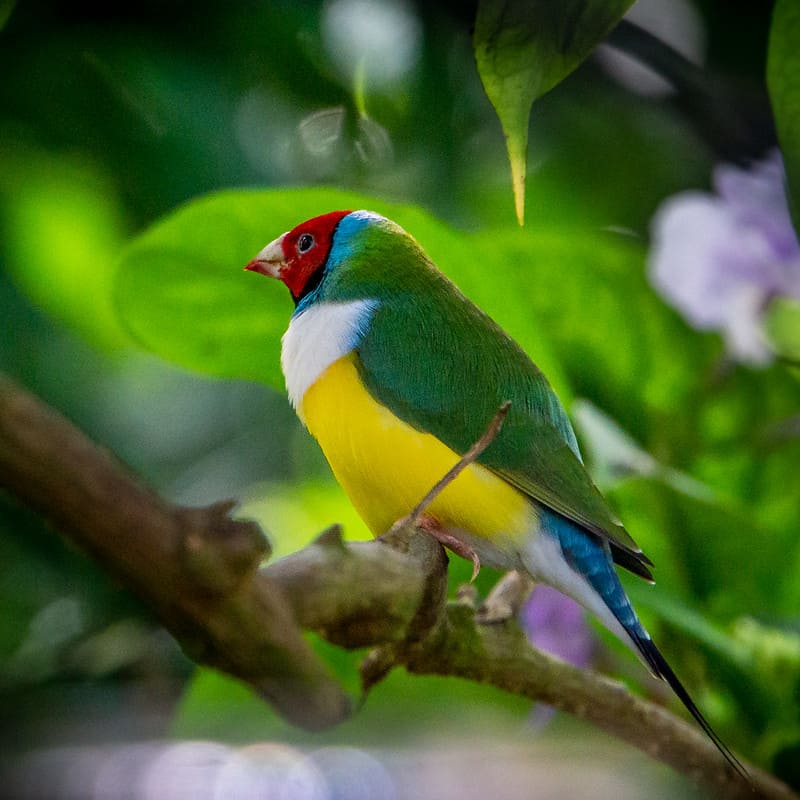
Following the mating process, the female rainbow finch lays a cluster of roughly 4-8 eggs and proceeds to brood them. During the daytime, both parents take turns in looking after the eggs; however, once night falls, the female takes over. Once the eggs hatch, the chicks are looked after by both parents.
Interestingly, rainbow finches from Northern Australia have the ability to control the gender of their offspring. Incompatibilities within the gene sequences of the black and red-headed birds result in a significant mortality rate amongst their female offspring, with up to 80% sadly passing away.
To combat this issue, female rainbow finches have developed an ingenious solution – overproducing male offspring. The ratio can reach as high as four males to every female, making this incredible little bird the first known species to bias the gender of their offspring, enabling them to overcome genetic weaknesses.
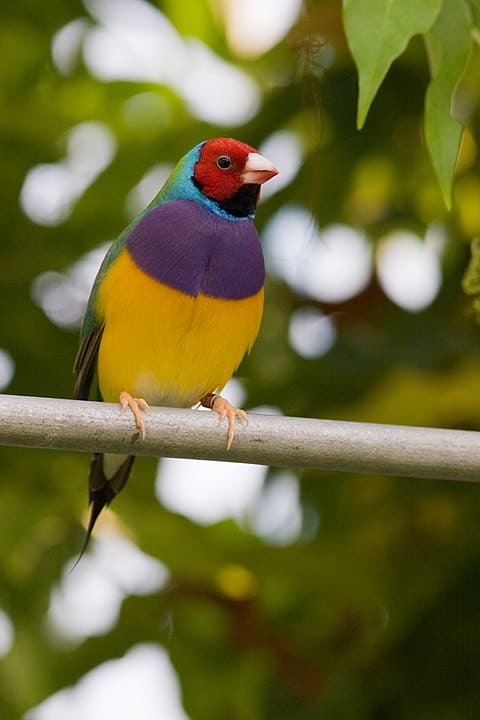
In the past, many Gouldian finches were caught and sold, but this practice was stopped by the Australian government in the late 1960s. Unfortunately, this has caused a significant decline in their wild population. It is believed that there are only about 2,500 mature Gouldian finches left in the wild, which is much smaller compared to their population in captivity.
